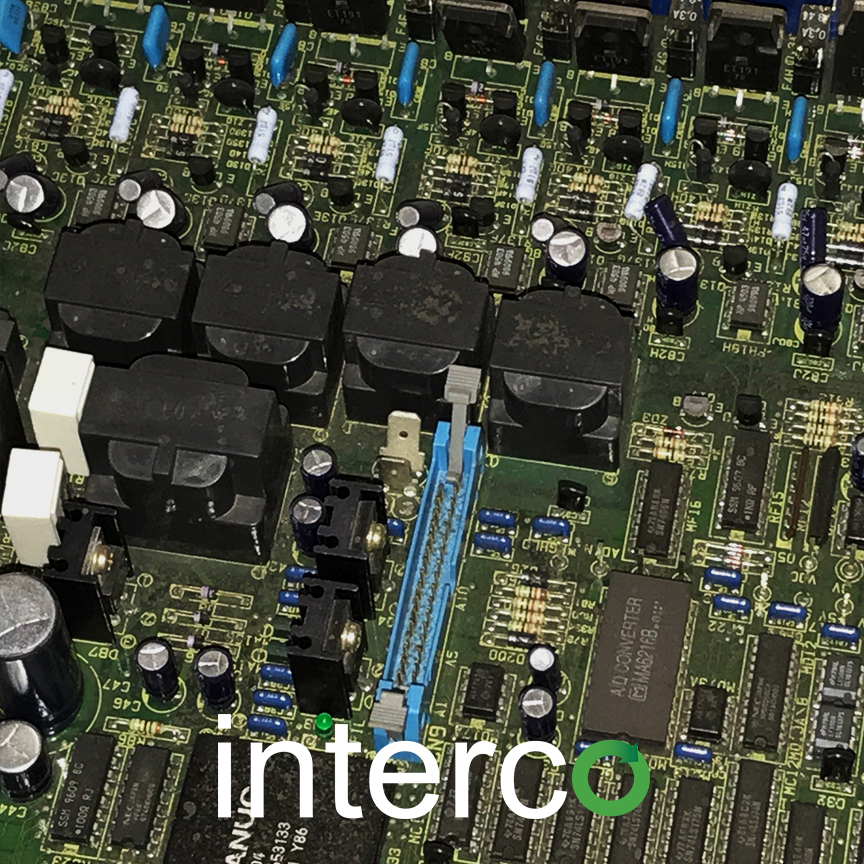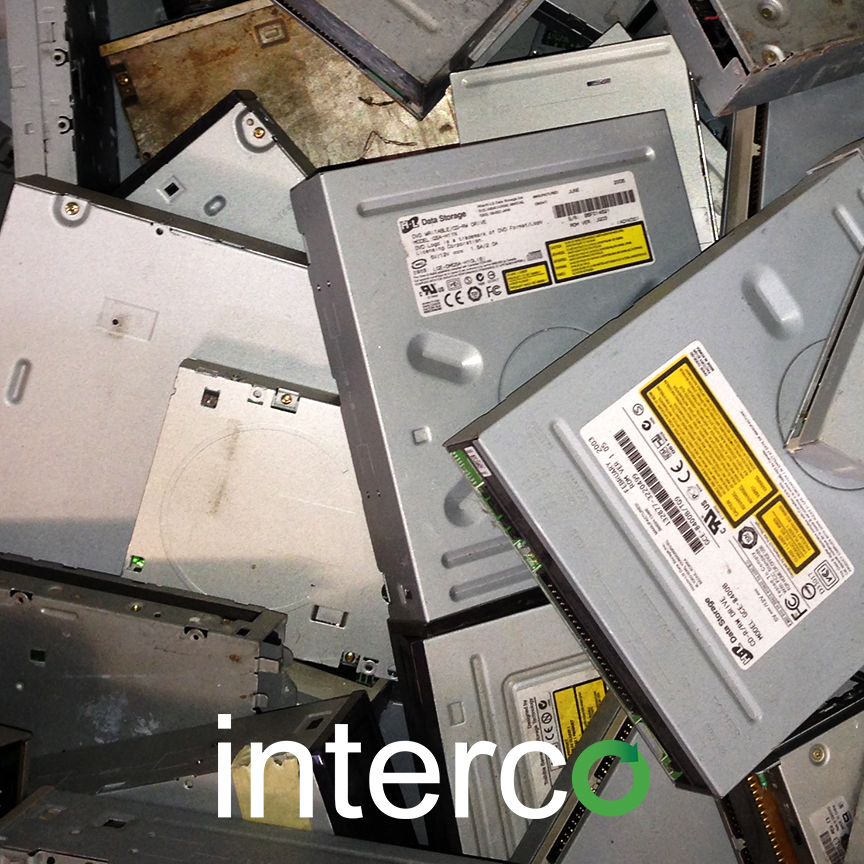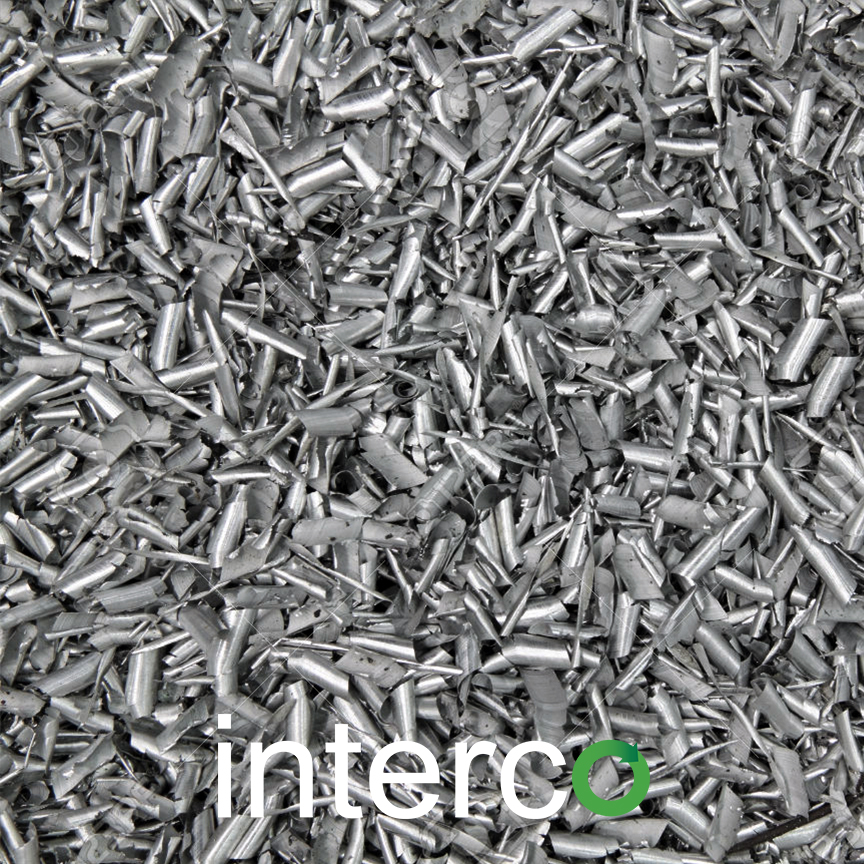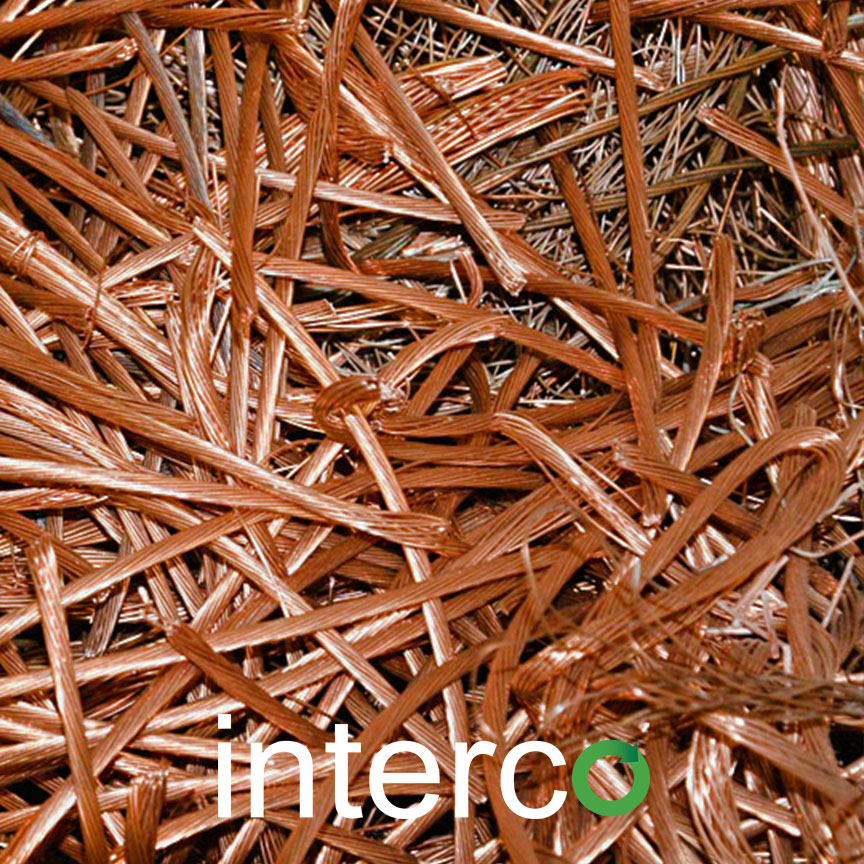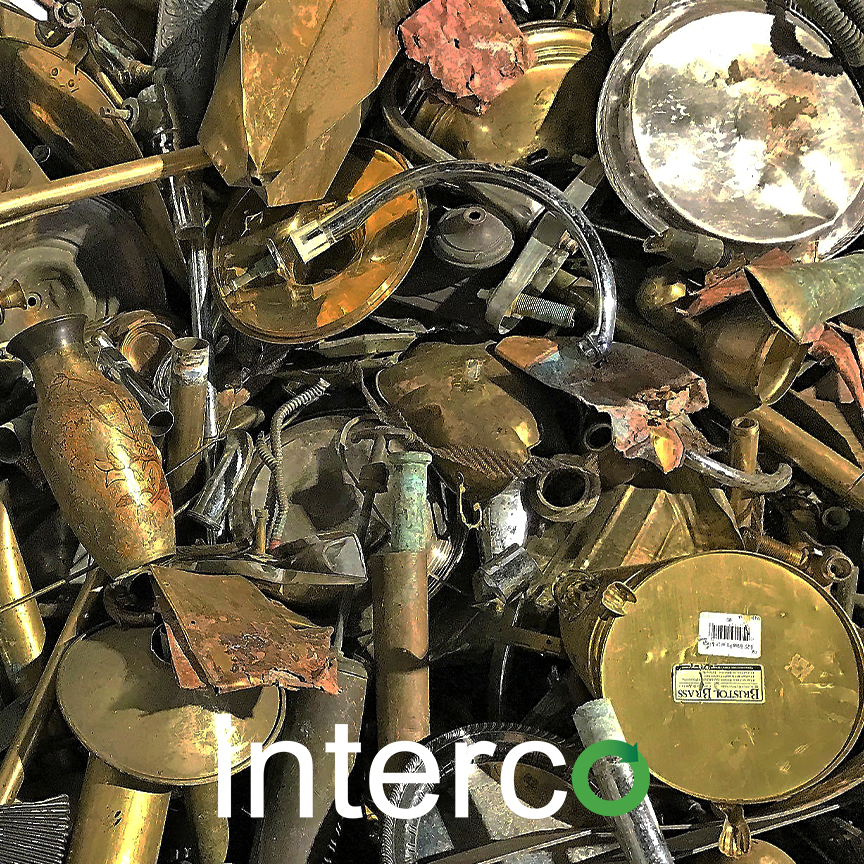
Scrap Brass Breakage & Irony Brass
Scrap brass breakage is a red metal comprised of copper and zinc. Additionally, it includes having iron, aluminum, stainless steel, or other metals attached to the brass. It is a nonferrous red metal. In fact, if the metal has a higher percentage of brass in, it is more valuable. This type of metal can be found all over but some common examples of scrap irony brass are:
- Bolts
- Water Valves
- Faucets
- Pipes
- Fixtures
Why is Recycling Irony Brass Important?
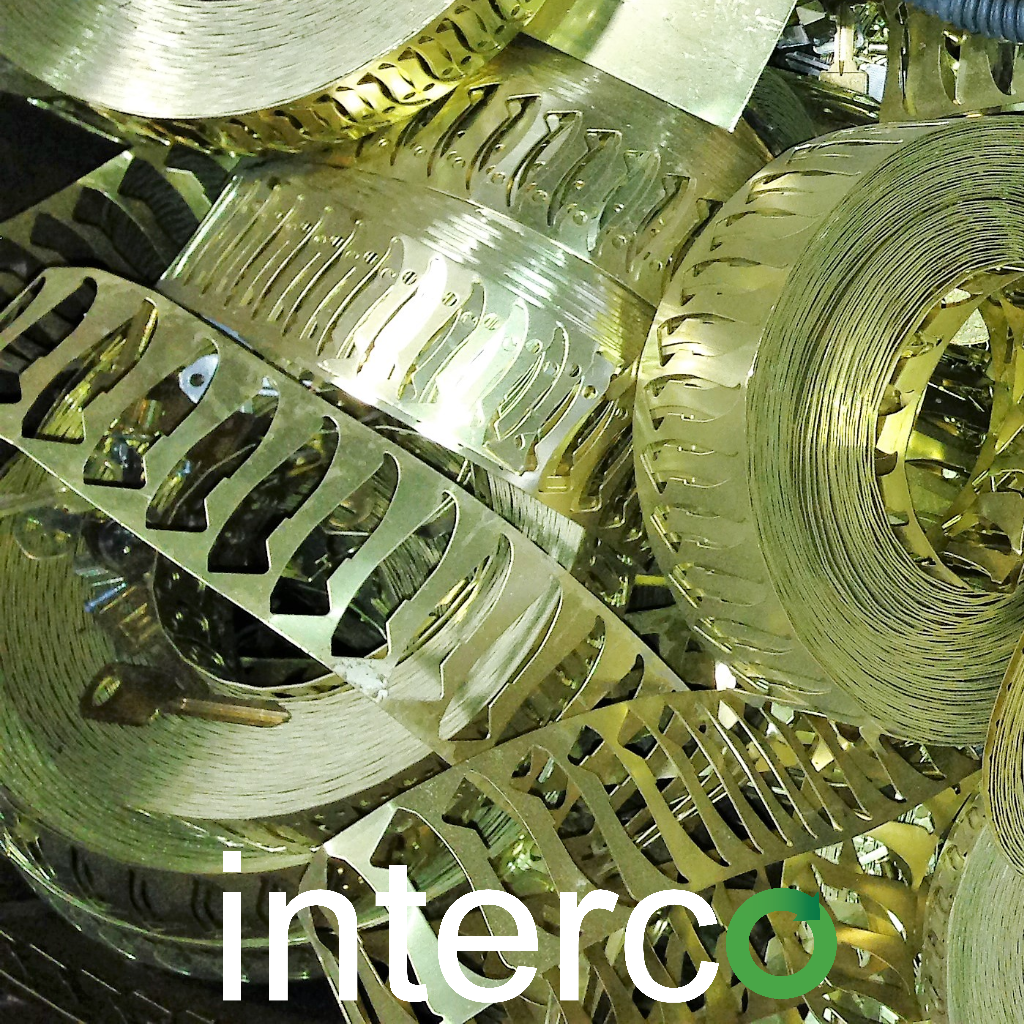
If companies like Interco did not recycle scrap brass breakage, then manufacturers would have to mine for more ore. Consequently, this would mean more of earth’s natural resources will diminish over time. So by properly recycling the brass, the metal will not end up in landfills. Brass is not a metal that will deteriorate quickly. Therefore, it would be a waste of precious metals if companies were to discard the material in a landfill.
Nonferrous metals do not lose their incentive in the recycling procedure. As a result, these metals can be reused on various occasions. The general public is becoming more mindful of the monetary and the environmental problems regarding wasting material. Hence, recycling nonferrous metals such as scrap irony brass are becoming more evident.
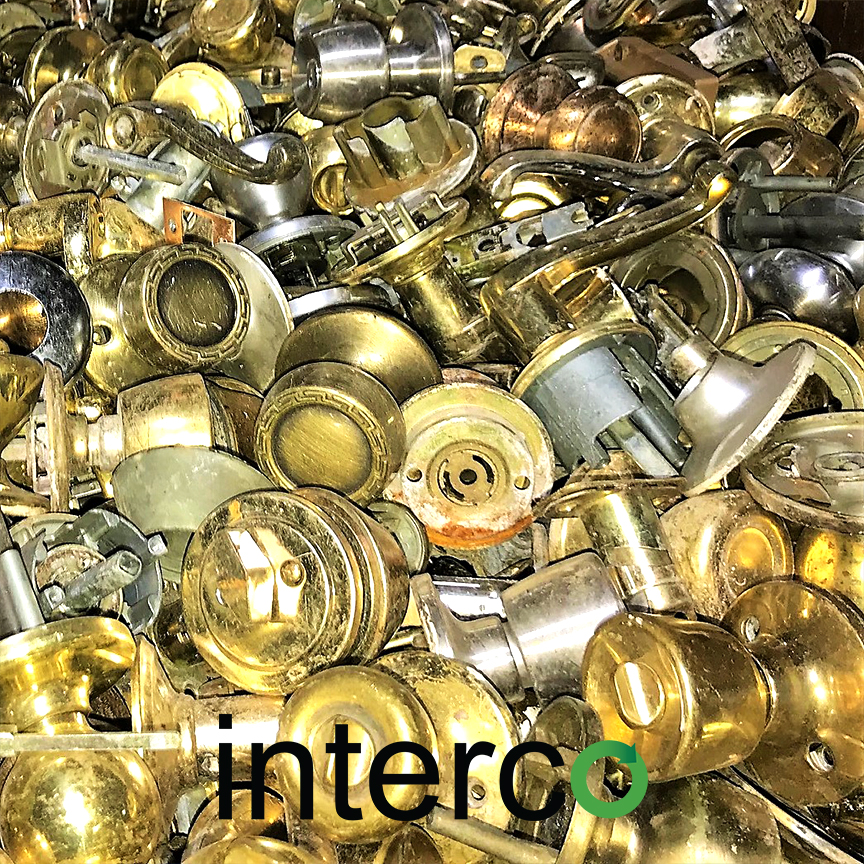
Where does the Brass Breakage go?
Interco constructs valuable metal recycling bundles which include scrap irony brass to be delivered to industrial purchasers. Therefore, the places the metals end up at our mills, smelters and processing plants. Locations can be in the United States or abroad. A portion of the manners in which Interco bundles the material is by utilizing the following methods:
- Gaylord Boxes
- Pallets
- Metal Bins
- Crates
The Process of Recycling Brass
The process of recycling scrap brass breakage is relatively simple and is similar to the recycling process of other nonferrous metals.
- First, Interco must separate the brass based on whether or not it is clean. They then must clean all scrap irony brass before the recycling process can begin.
- Next, a machine crushes the precious metals into small fragments that could fit into someone’s hand.
- After the crushing process, recyclers then put them into a furnace that can reach extremely high temperatures.
- After the temperatures soften the metals by melting them, the cleansing part of the process begins. While the metal is still in its molten state, electrolysis purifies it. Finally, the recycler pours the metal into a mold for it to cool.
Interco purchases red metal, white metal and scrap irony brass from everywhere in the United States. The expanding transportation costs frequently poses as a test, especially when attempting to recycle material of great distances. Regardless of this, the company keeps developing and flourishing.
Conclusion
Scrap brass breakage should not be thrown away. Take the material that you wish to discard to a junkyard, they will send the metal to Interco.
For more information about the recycling of scrap brass breakage, click here.
